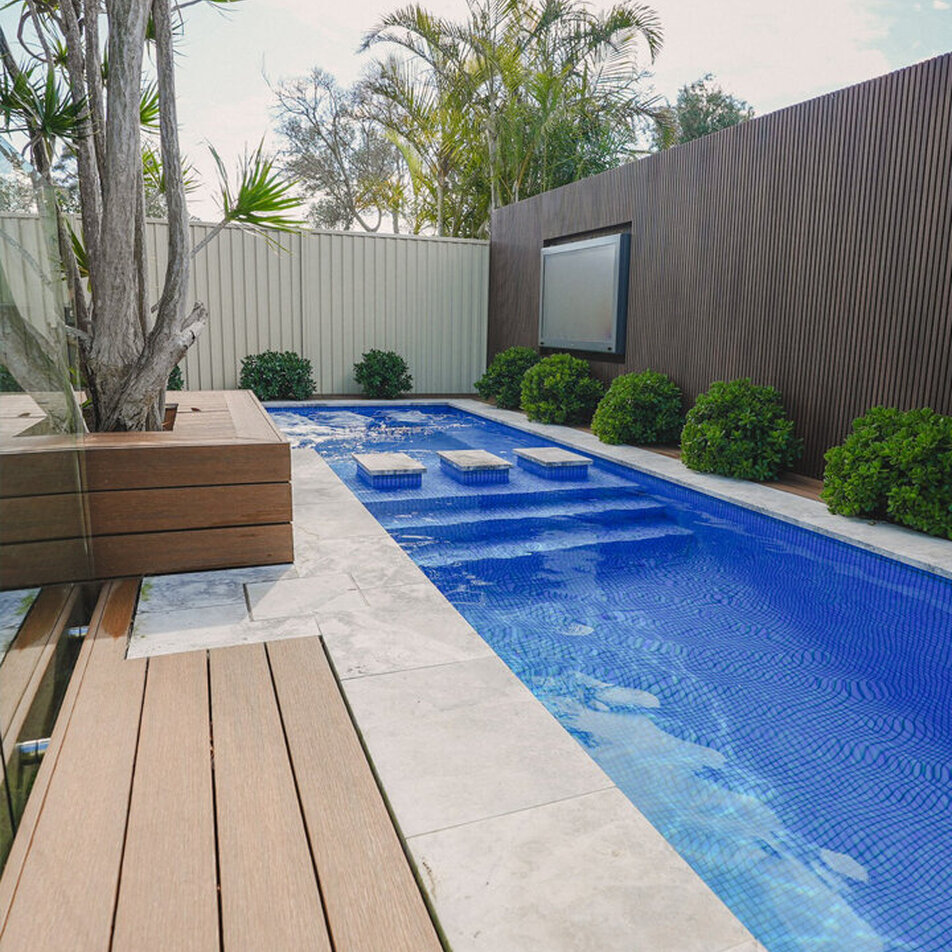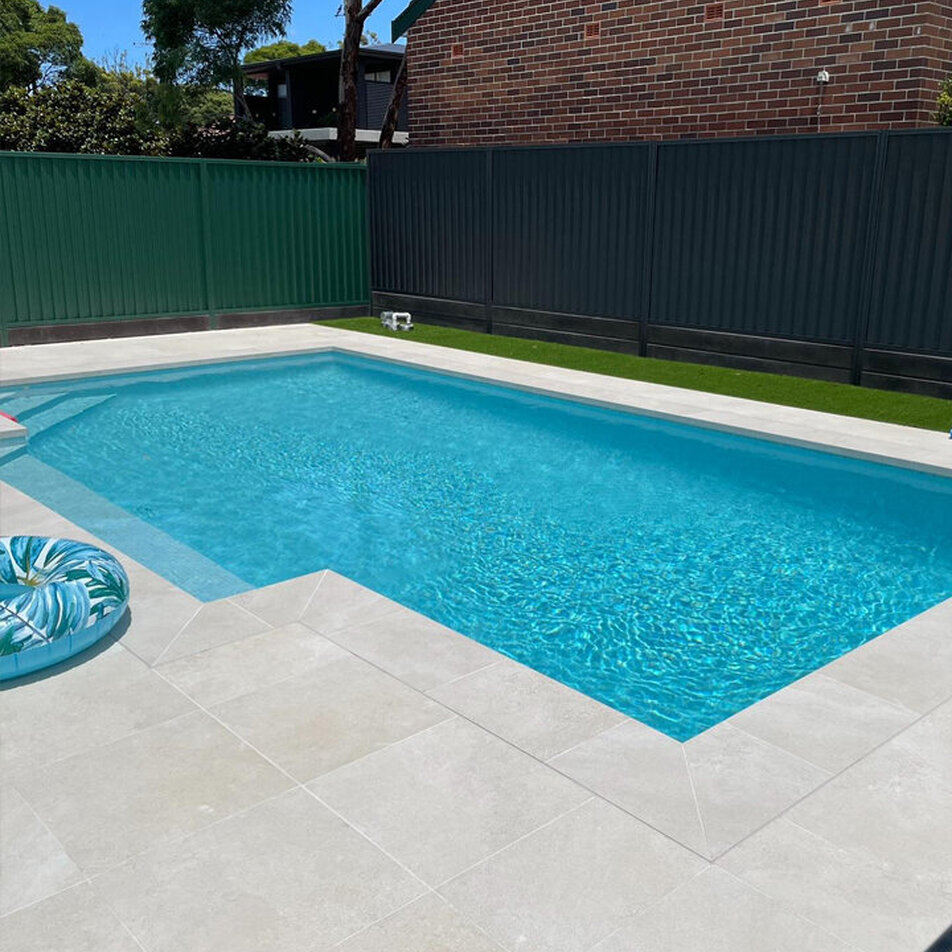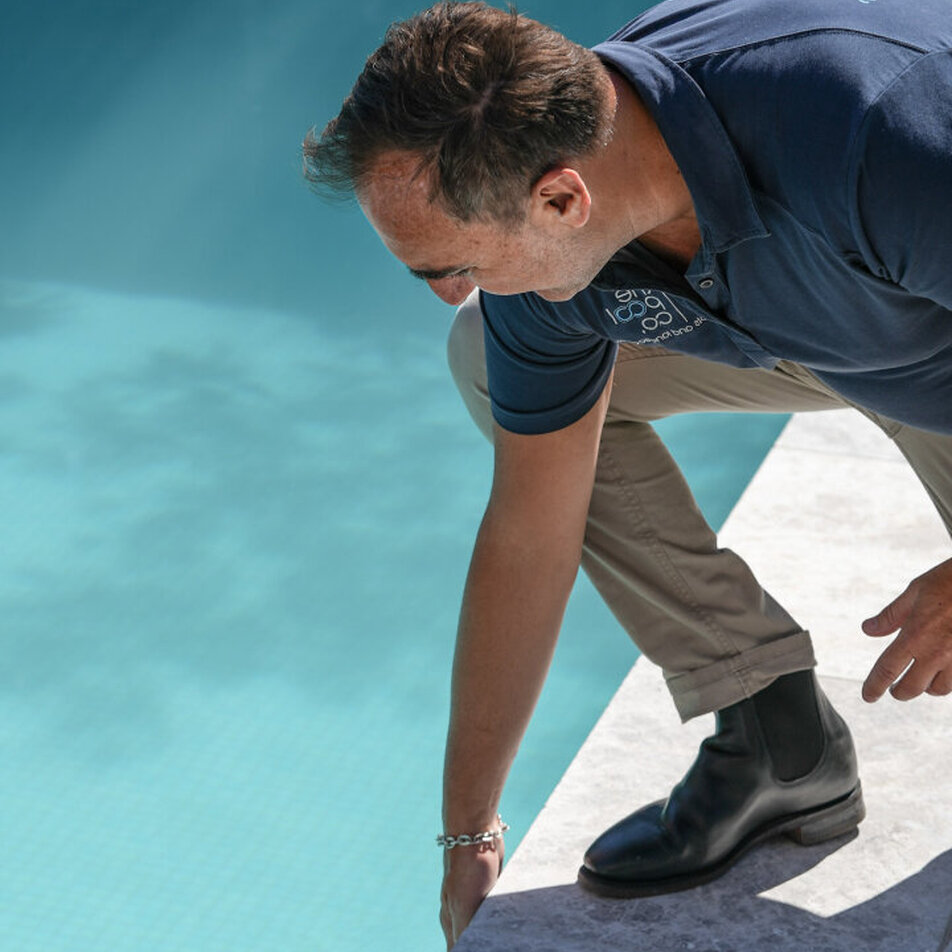Long-lasting solutions
Blend functionality and style
Are you looking to spruce up your home with pavers or swimming pool coping? At The Pool Co, we understand the importance of having a beautiful and functional pool area in Sydney.
Whether you are looking to update your backyard with teakwood sandstone pool pavers or want to discuss the options for pool edge coping tiles, our experts have the experience and knowledge to complete your project above your expectations. With our attention to detail and commitment to customer satisfaction, we can ensure your pool is safe, functional, and aesthetically pleasing.
Want to speak to one of our Sydney pool specialists today? Call us to discuss your options or book a consultation to find out why we are the premier pool builders in Sydney!




